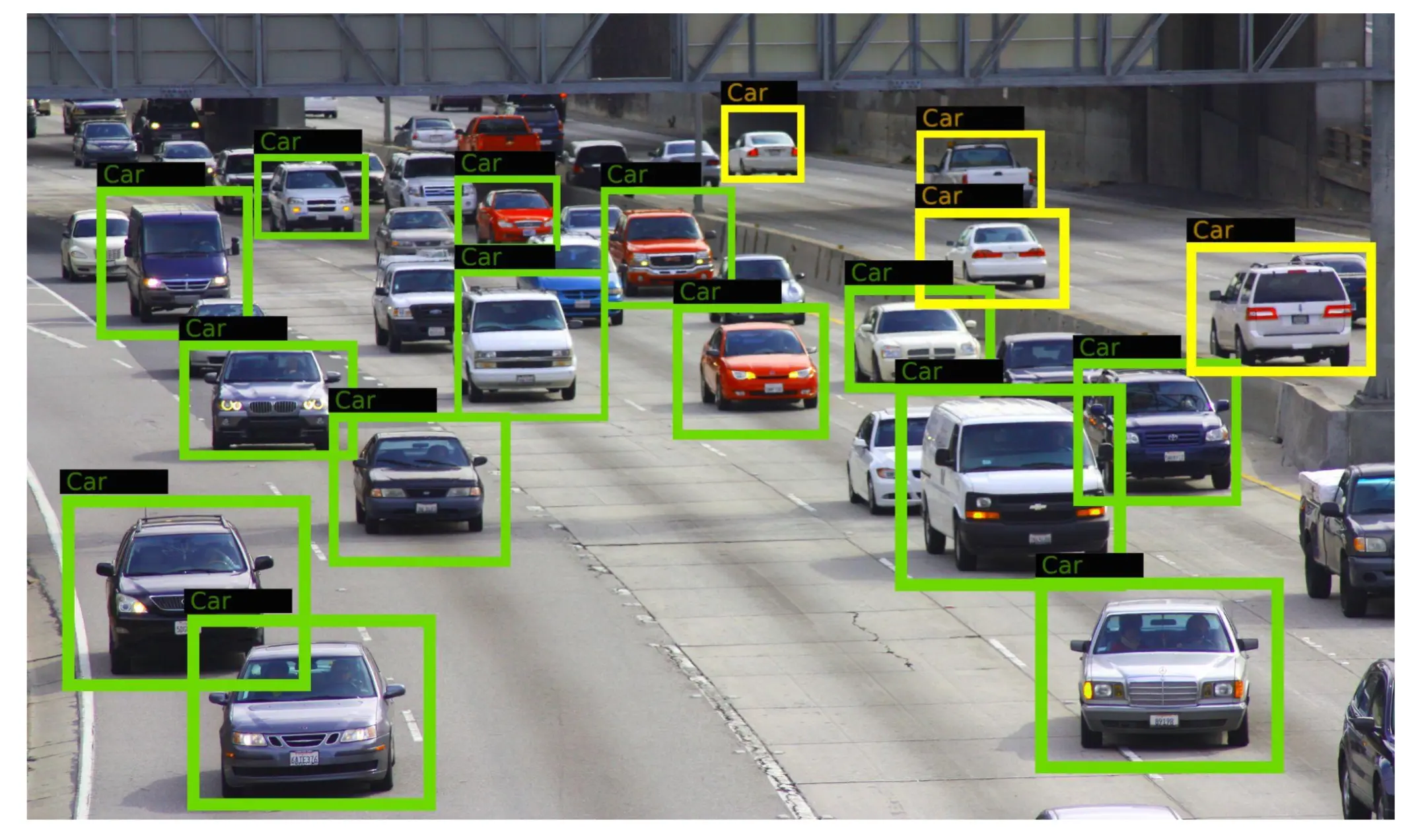- Publication: Pinterest
- Publication Date: November 21, 2017
- Organizations mentioned: Pinterest, Amazon, Stanford Network Analysis Platform (SNAP)
- Publication Authors: Pranav Jindal, Jerry Zitao Liu, Yuchen Liu
- Technical background required: High
- Estimated read time (original text): 50 minutes
- Sentiment score: 85%, very positive
TLDR:
Goal: Pinterest developed Pixie, a scalable graph-based real-time recommender system, to address the challenge of providing personalized recommendations from over 3 billion items to 200+ million users in real-time. The system was created to improve user engagement and overcome limitations of traditional recommendation systems that struggle with large-scale, real-time personalization.
Methodology:
- Pixie utilizes a novel random walk algorithm on a bipartite graph representing Pinterest’s content structure. This graph consists of approximately 3 billion nodes (representing individual pins and boards) connected by 17 billion edges. Pins are visual bookmarks containing images or videos, while boards are collections of pins curated by users. The edges in the graph represent the relationships between pins and the boards they’re saved to.
- The system implements graph pruning techniques to improve recommendation quality and reduce graph size, enabling the entire graph to fit in a single machine’s memory.
- Pixie employs early stopping mechanisms and biased random walks to optimize performance and personalization while maintaining recommendation quality.
Key findings:
- Pixie outperforms content-based recommender systems, achieving up to 50% higher user engagement in A/B tests compared to previous Hadoop-based production systems.
- The graph pruning strategy led to an additional 58% improvement in recommendation quality while reducing the graph size by a factor of six.
- A single Pixie server can process 1,200 recommendation requests per second with a 60-millisecond latency, demonstrating its efficiency and scalability.
- The system contributes to more than 80% of all user engagement on Pinterest, showcasing its significant impact on the platform.
- Pixie’s ability to handle multiple query pins with different weights allows for more contextual and relevant recommendations based on users’ historical behavior.
Recommendations:
- Implement graph-based recommendation systems for large-scale platforms to improve personalization and user engagement, especially when dealing with billions of items and millions of users.
- Incorporate real-time recommendation capabilities to respond instantly to user actions and provide more relevant content, leading to increased user engagement.
- Consider using biased random walks to tailor recommendations based on user-specific features such as language or topic preferences.
- Explore the potential of graph-based systems for other applications beyond recommendations, such as label propagation tasks, to improve efficiency in various data processing tasks.
Thinking Critically:
Implications:
- The success of Pixie at Pinterest could lead to a widespread adoption of graph-based recommender systems across various industries, potentially transforming user experiences on social media, e-commerce, and content platforms. This shift could result in more personalized and engaging online experiences for users, but also raise concerns about filter bubbles and the need for diverse content exposure.
- As real-time recommendation systems become more prevalent, there may be increased pressure on businesses to invest in advanced AI and machine learning capabilities. This could widen the gap between large tech companies with substantial resources and smaller businesses, potentially leading to market consolidation and reduced competition in digital spaces.
- The improved efficiency and engagement rates demonstrated by Pixie could accelerate the trend towards hyper-personalization in digital services. While this may enhance user satisfaction, it also raises important questions about data privacy, algorithmic transparency, and the ethical implications of increasingly sophisticated user profiling techniques.
Alternative perspectives:
- While Pixie shows impressive results for Pinterest, its effectiveness may not translate equally across all platforms or industries. The success of the system relies heavily on the specific structure of Pinterest’s content (pins and boards), which may not be applicable to services with different content types or user behaviors.
- The focus on maximizing user engagement through personalized recommendations could potentially reinforce addictive behaviors and reduce exposure to diverse content. Critics might argue that such systems prioritize engagement metrics over user well-being and the quality of the overall user experience.
- The study’s methodology primarily focuses on quantitative metrics like engagement rates and processing speed. However, it may not fully capture qualitative aspects of user satisfaction or the long-term effects of highly personalized content consumption on user behavior and preferences.
AI predictions:
- Within the next 5 years, we’ll see a significant increase in the adoption of graph-based AI systems across various industries, leading to more sophisticated and context-aware AI applications in fields such as healthcare, finance, and urban planning.
- As recommender systems become more advanced, there will be a growing emphasis on developing “explainable AI” techniques for these systems. This will aim to make the decision-making processes of AI recommenders more transparent and understandable to both users and regulators.
- The success of systems like Pixie will drive increased research into combining graph-based approaches with other AI techniques, such as natural language processing and computer vision. This could lead to more holistic AI systems that can process and recommend content across multiple modalities (text, image, video) in real-time.
Glossary:
- Pixie: A scalable graph-based real-time recommender system developed and deployed at Pinterest for generating personalized recommendations from billions of items.
- Pixie Random Walk: A novel algorithm that extends the basic random walk to include biasing, multiple query pins with weights, and early stopping for efficient and personalized recommendations.
- Multi-hit Booster: A technique used in Pixie that boosts the scores of candidate pins that are visited from multiple query pins, improving recommendation relevance.
- Early Stopping: A mechanism in Pixie that terminates random walks when a set of top candidates becomes stable, reducing runtime while maintaining recommendation quality.
- Graph Pruning: A strategy employed by Pixie to remove diverse boards and selectively discard edges of high-degree pins, improving recommendation quality and reducing graph size.
- PersonalizedNeighbor: A function in Pixie that biases the random walk based on user features, allowing for more personalized recommendations.
Members also get access to our comprehensive database of AI tools and fundraising


 Join hosts Anthony, Shane, and Francesca for essential insights on AI's impact on jobs, careers, and business. Stay ahead of the curve – listen now!
Join hosts Anthony, Shane, and Francesca for essential insights on AI's impact on jobs, careers, and business. Stay ahead of the curve – listen now!


